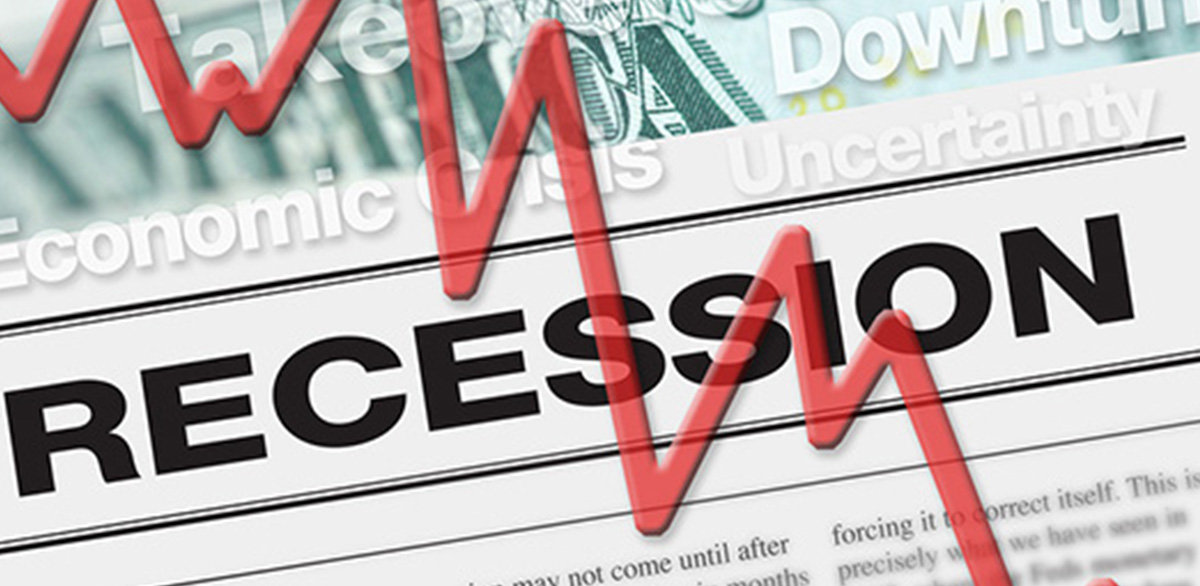
The market is pricing in recession no matter what—the market has priced it in. Now to what extent and when? That history hasn’t been written yet.–Jeff Carbone, managing partner at Cornerstone Wealth[1]
The longest stock market bull run on record.[2] The second greatest economic expansion in history.[3] A nation past full employment.[4] When will the bubble burst?
If the continued waves of stock market volatility are any indicator—Now![5]
A shift in sentiment on Wall Street could finally push this long-overheating economy into a recession.
Will There Be a Recession in 2019?
Some experts are saying yes! Take a closer look at the economic factors suggesting the current expansion could be grinding to a halt, potentially causing the next recession.

Everything you need to know to get started in Precious Metals
Learn how precious metals can strengthen your portfolio, protect your assets and leverage inflation.
Stock Market Volatility
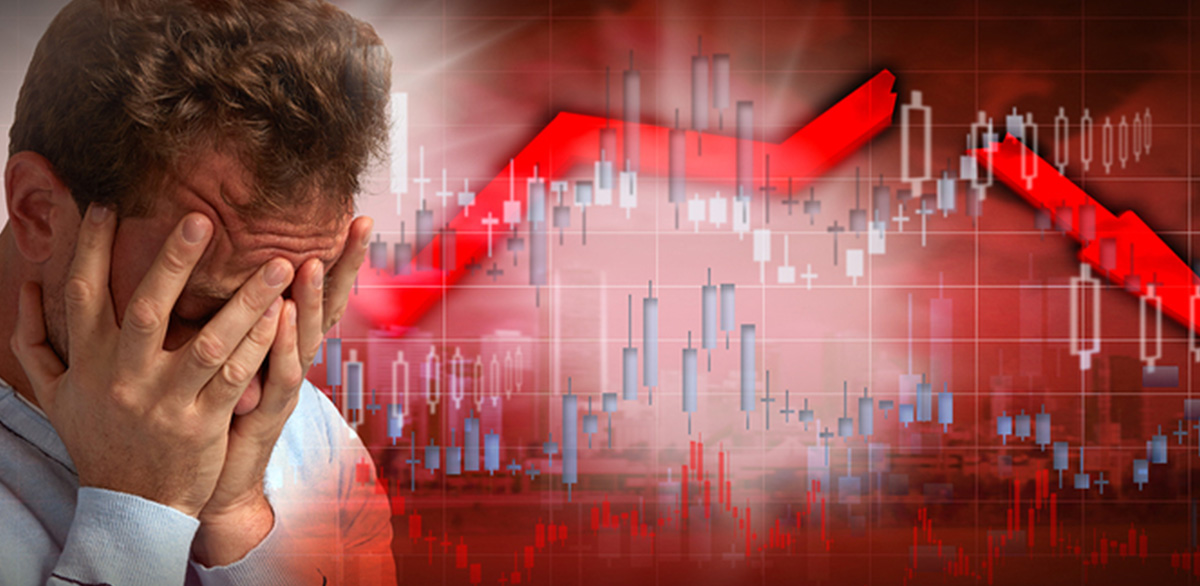
It’s psychology of the market, which now is that growth is slowing and it almost feeds on itself. Businesses don’t want to spend because we potentially are going into a recession. Overall, the perception leads into reality.–Laurence Benedict, founder of Opportunistic Trader[6]
Fears of a recession have been mounting in the markets with each major selloff, and recent troubling economic data finally turned investor sentiment negative. Now, a vicious cycle could take hold of the economy: companies stop spending in anticipation of a downturn, and then growth slows as a result.
As the S&P 500 nearly plunged into a bear market in the fourth quarter of 2018, investors clung to predictions of coming strong corporate earnings and economic data. Instead, the first trading day of the year brought news of a $5-billion revenue loss at Apple Inc. and weaker-than-expected U.S. manufacturing data, piquing anxieties about a slowdown in the country’s gross domestic production growth.[7]
Investors panicked. The Dow dropped 2.6 percent, down 678 at its lows. The Nasdaq lost 2.8 percent. And, the S&P 500 shed 2.2 percent.
It was the first time during the Trump Administration that all the factors needed for a recession lined up, from bad economic data to even worse investor outlook.[8]
With predictions that this stock market volatility is here to stay, it’s difficult to foresee optimism returning to Wall Street.
Now for the domino effect…
Jobs: Coming Losses or Rising Inflation?
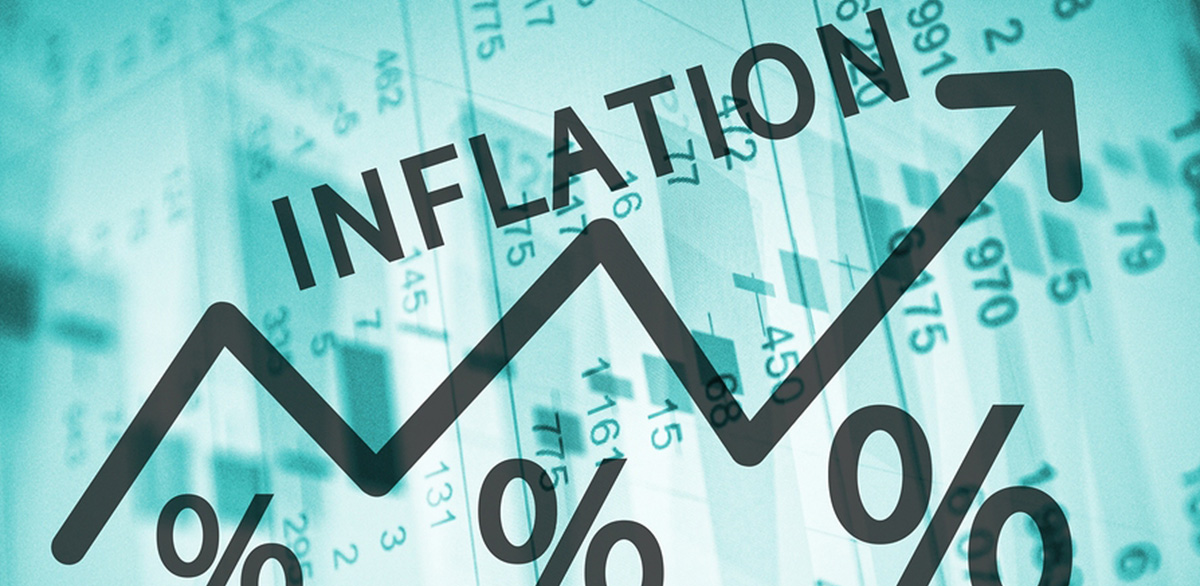
From 2008 to 2015, the Federal Reserve kept monetary policy at historically loose levels, fueling the recovery out of an impossibly bad recession while simultaneously keeping a lid on inflation.
However, as unemployment has steadily shrunk below levels seen even pre-crisis, the labor market is effectively at full employment.[9] Typically viewed as 5.0 percent, full employment is the point at which the competition for workers begins to get so tight as to start to create real inflationary pressure in the economy.
The latest unemployment numbers suggest the country has surpassed full employment: as of December 2018, the unemployment rate is 3.9 percent.[10] Payrolls rose to a “better-than-expected 312,000 for the month,” leading economists to dub “December’s jobs report a ‘blowout.’”[11]
In other words, we can expect to see inflation, the bugbear of all central bankers, begin to rear its ugly head. As of a December 2018 report, the core consumer price index rose 0.2 percent from the month prior and 2.2 percent from the year before. That put it around the Fed’s goal of 2 percent, but the contracting labor market could push inflation higher, compelling the Fed to keep raising interest rates.[12] (Read “Is Inflation Coming?” for more on how consumer prices are increasing.)
As the cost of servicing the massive corporate debt load soars, equities could flounder further.
If, on the other hand, investor pessimism starts to plague businesses’ bottom lines, we could start to see job losses.
Each scenario spells one thing: recession.
Rising Interest Rates
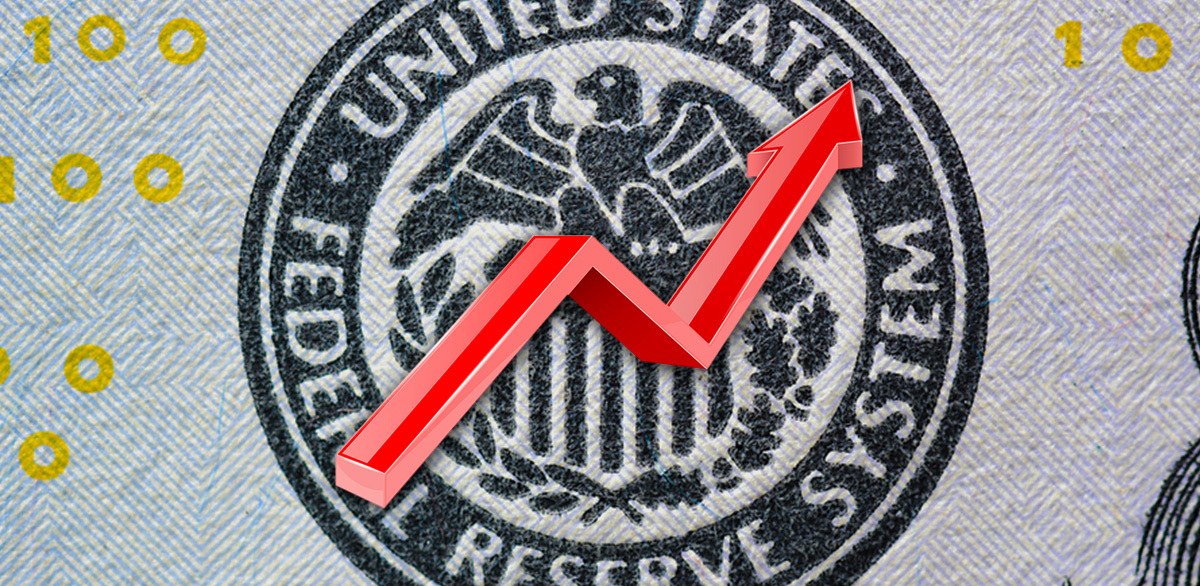
We’ve got more than 80 percent chance of recession just based on the fact the Fed is tightening policy. This tightening of financial conditions that we’ve seen in the markets is going to end up having a cascading effect on the economy for the first few quarters of this year.–David Rosenberg of Gluskin Sheff[13]
In anticipation of inflationary pressure, the Fed began raising interest rates in 2015.[14] Many analysts think “the recession die was cast when the Federal Reserve” raised rates a fourth time in 2018 last December.
While investors winced at the rate hike, they shuttered at Chairman Jerome Powell’s press conference prediction of two more increases in 2019. Powell dealt investors—and the economy—a final blow when he stated, “that the Fed’s balance sheet assets, now being reduced at a monthly pace of $50 billion, was on ‘autopilot.’”[15]
Chaotic Bond Markets
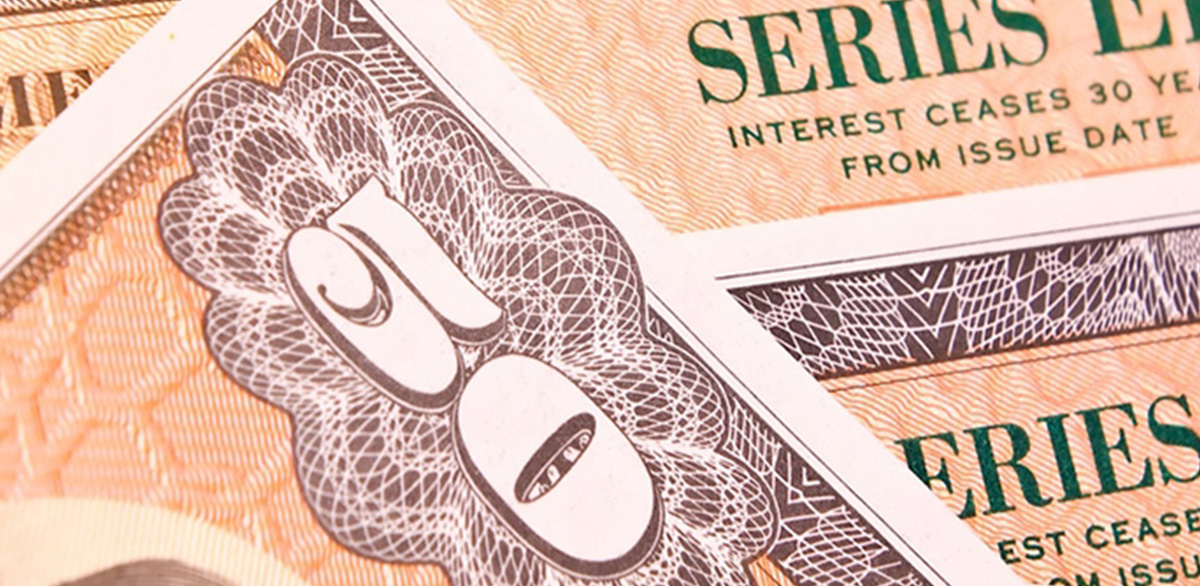
The Fed is certainly signaling the end of the era of hyper-loose monetary policy and cheap credit, and it’s already creating chaos in the bond market.
Up until recently, bond market yields were rising rapidly with all eyes on the benchmark 10-year Treasury bond, which has a direct effect on the interest rates used in mortgages and many other longer-term rates.[16] When the 10-year Treasury pushes over 3.00 percent, the effect on mortgages and other borrowings can be chilling. When debt costs too much, people borrow less, and the economy slows down. As of April 20, 2018, the 10-year Treasury was at 2.949 percent, the highest since January 2014.
However, historically, when the yield curve on the two- and 10-year Treasury yield inverts, a recession follows. We appear to be exactly on the precipice of such a moment. In December 2018, the yields on five-year U.S. Treasury notes fell below those of two- and three-year notes. After the Fed raised rates and Powell’s press conference, the spread between two- and 10-year Treasury yields narrowed significantly.[17]
The same weak U.S. manufacturing data that recently rattled equities also shook up bond markets. The yield on the 10-year Treasury note fell 8 basis points to 2.58 percent, the yield on the 5-year Treasury note shed 9 basis points to 2.40 percent, 3 basis points below the 2-year yield at 2.43 percent. Lastly, the 30-year Treasury bond lost 5 basis points to 2.926 percent.[18]
‘I think the fundamentals, the markets pretty much agree on: that we’re probably slowing in terms of real economic growth, but we’re not absolutely collapsing. When we exit quantitative easing and we move into quantitative tightening, and you get higher volatility, what price is an investor willing to pay for an asset that’s going to have more variability in that price over time? An investor needs to be compensated for that risk of higher volatility.’ -Jim Caron, bond manager at Morgan Stanley Investment Management.[19]
Market Cycles
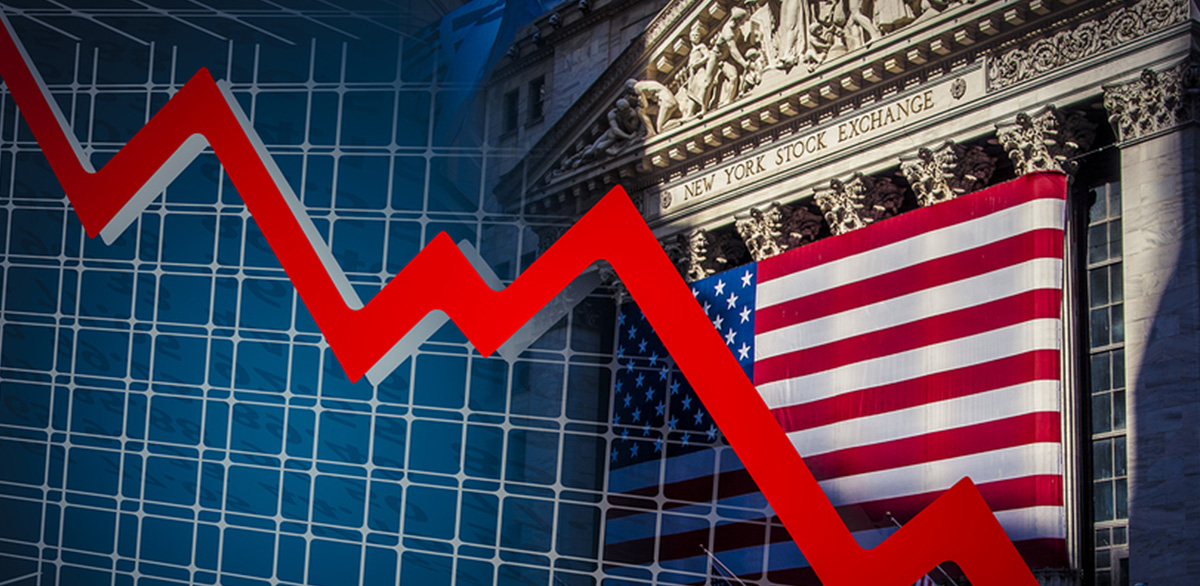
The factors above aren’t the only recession red flags. There’s also plummeting oil prices, a lower IMF global growth forecast, falling Chinese manufacturing indexes, and crumbling housing markets—and the list could go on.[20]
But, the simple reality is that no economy can continue to grow forever. An economy is considered to be in recession when it experiences two consecutive quarters of negative economic growth. At the moment, the U.S. economy has been growing every quarter since June 2009, which means that if it continues to the summer of 2019, it will be the longest expansion in U.S. history.
Records are certainly meant to be broken, but the fact that we’re talking about this economy breaking a record means that it must be nearing a natural end to the expansion. Economies grow and contract in cycles, and there really is no avoiding this fact.
Preparing for the Next Recession—Start Now!
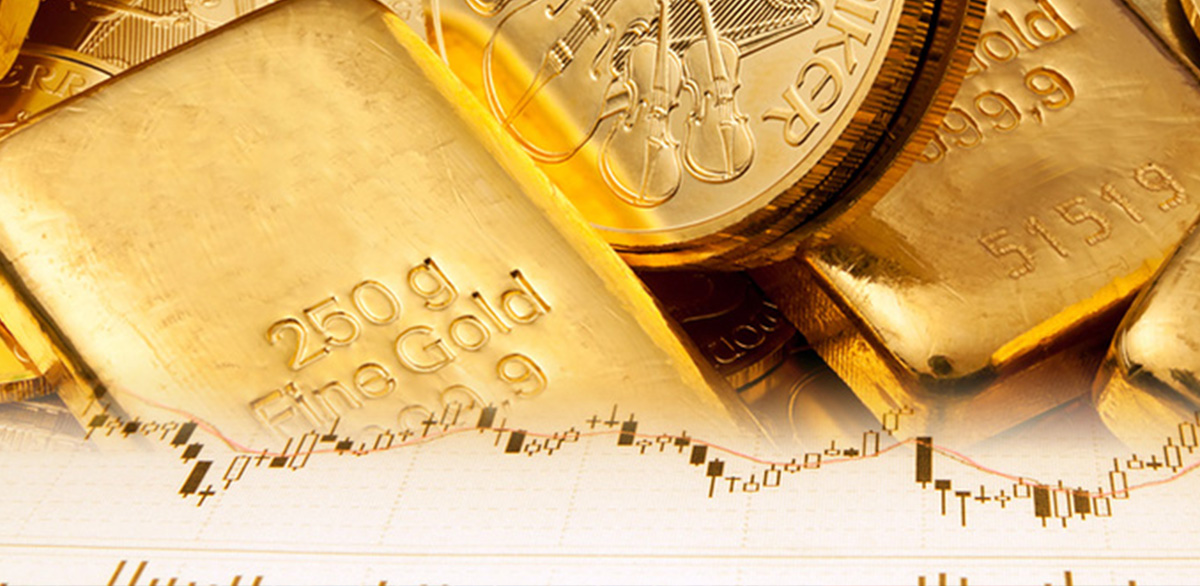
So, will there be a recession in 2019? Economists and analysts have been sounding the alarms that a recession is coming for a few years now, but the numbers don’t lie. It’s here.
For all those investors who thought they had a few years to adjust their portfolios, it’s time to act now. The Federal Reserve Bank of New York gauge forecasts a 16 percent chance of a downturn hitting by the end of the year.[21]
If ever there were a time to diversify your portfolio with precious metals, this is it. As the recent jitters in the equities markets have shown, an equity portfolio can get wiped out very quickly. The tried-and-true flight to safety is with precious metals.
Don’t be caught out when the recession fully hits. Discover how to protect your wealth by investing in gold and silver and setting up a Gold IRA.
Article updated January 7, 2019


